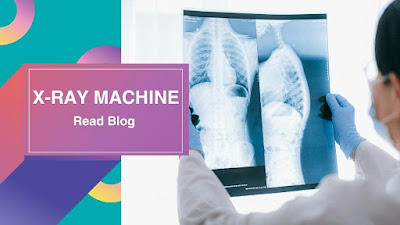Troubleshooting Common C-Arm X-Ray Machine Issues: A Technician's Guide

C-arm x-ray machines are essential tools for surgeons, interventional radiologists, and pain management specialists. However, like any complex technology, they can occasionally encounter malfunctions or issues. This guide aims to provide technicians with troubleshooting tips for common C-arm problems to ensure these vital systems stay up and running. Before You Begin Consult the Manual: Always refer to the manufacturer's specific troubleshooting guide and safety protocols for your C-arm machine model. Safety First: Adhere to all radiation safety measures and wear appropriate personal protective equipment (PPE). Gather Tools: Have a basic toolkit on hand, including screwdrivers, a multimeter, and any specialized tools recommended by the manufacturer. Common C-Arm Issues and Troubleshooting Steps No Power or Machine Not Booting: Check Power Connection: Verify the C-arm is plugged into a functional outlet and the power switch is on. Examine Power Cord: ...


